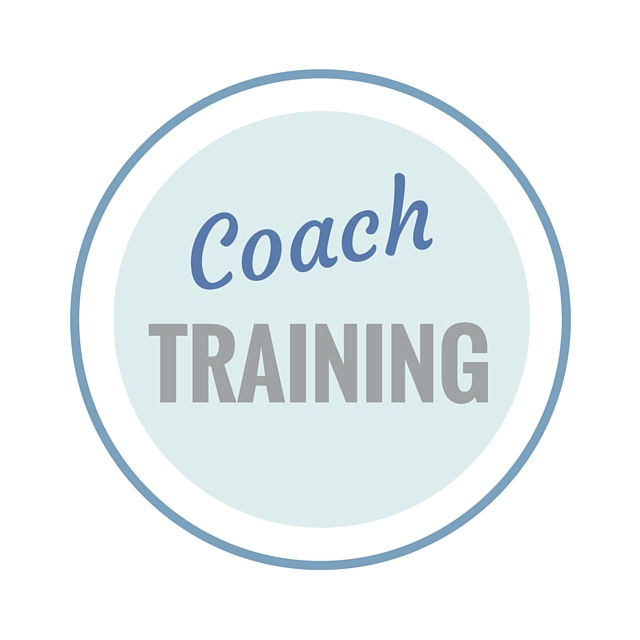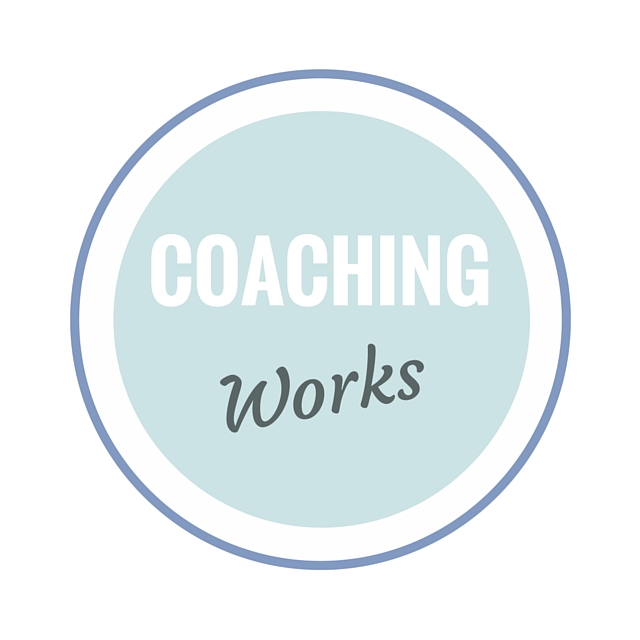Listening Techniques Tune-Up
While most training programs for coaches place a lot of emphasis on knowing how and when to ask the right probing questions, a solid set of listening skills is an equally important element of coaching. After all the most insightful and probing questions in the world won’t do you much good if don’t know how to hear the answers. Let’s take a detailed look at how knowing how to listen will help you unravel a client’s muddled thinking, inspire spontaneity and keep both you and your client engaged the coaching process.
Read More Below …
- Unravel Muddled Thinking – One of the most important opportunities that coaching has to offer for clients is the opportunity for engaging with an objective professional who they can use as a sounding board for their personal challenges and aspirations. Experienced coaches know that most clients have a rather muddled view of their goals, obstacles and options. By knowing how to listen for signs of muddled thinking, you can identify opportunities to ask the right questions to help clients clear their perspective.
- Inspire Spontaneity – While having the right probing questions in mind is an important part of preparing for a coaching session, having a good ear can help you coach on your feet by responding to what your client is saying. For example, you will find that clients sometimes make a casual reference to particular obstacles that they have been avoiding that you can help them confront overcome by responding with the right questions. Rather than checking off a list of questions, being prepared to listen for opportunities to improvise will lead to a much more dynamic and inspirational coaching session.
- Staying Engaged – In most cases, coaching is only effective when both the coach and the client are 100% engaged in the moment throughout the coaching session. Clients know when their coach is or isn’t listening, and nothing is more of a turn off than coaches who are just waiting for their turn to speak.
Active Listening vs Passive Listening
The first step to becoming a great listener is recognizing the difference between active and passive listening. Passive listening is a virtually effortless activity in which the listener simply hears what a speaker is saying while paying a minimal amount of attention to the tone and content of the speech. Active listening, on the other hand, is the polar opposite and requires a coach to invest himself entirely in the act of listening.
The term active listening was coined by Tom Gordon in his 1977 book Leader Effectiveness Training and has since become an integral part of all professional coaching programs. At the heart of active listening is the concept that listening can and should be just as engaging and stimulating of an activity as speaking.
Active listeners don’t just listen with their ears, their entire mind is devoted to what a speaker is saying, including what he or she is communicating through tone, body language and phrasing. In order to understand what this process is all about, it is helpful to break things down to the three core degrees of active listening: repeating, paraphrasing and reflecting.
- Repeating – In the repeating degree of active listening, a listener is focused on doing three things to gather as much information from a listener as possible: percieving what listener is saying, paying full attention to what is being said and remember what has been said. These listeners provide speakers with positive feedback by repeating the message in exactly the same words that they have used.
- Paraphrasing – When an active listener is paraphrasing, he is focused on the same three principles as repeating while using his own thinking and reasoning skills to interpret what a speaker has said. These listeners will render the speaker’s message using words and phrases that are very similar to what they have just heard.
- Reflecting – Reflecting is most effective form of active listening. Instead of simply repeating or paraphrasing what a speaker has said, these listeners fully digest and synthesize a speaker’s message. Reflective listeners will render the original message using their own words and sentence structure.
As a professional coach, it is your role to listen reflectively to everything that your clients are saying. By using alert body language, providing nonverbal feedback and rendering your clients message in your own words, you will encourage them to answer your questions as honestly and thoroughly as possible because they will know that they have your undivided attention.
Top Five Barriers to Active Listening
No matter how much energy you dedicate to trying to be a good listener, the truth of the matter is that even the most effective coaches struggle to overcome common barriers to active listening. Let’s take a look at how the most common barriers to listening can stand in the way of becoming an effective coach: identifying, placating, sparring and mind reading.
- Identifying – When you are coaching a client who is facing a challenge or has a personality that is similar to your own, it can be easy to fall into the habit of identifying with them to the point that you are only listening to part of their story. While there is nothing wrong with feeling a little empathy, the problem with identifying with your clients is that may start filtering out things they say that don’t match your own story. By maintaining a professional distance from your clients, you will be able to listen to what they have to say far more effectively.
- Placating – As a professional coach, you will often need to discuss difficult or awkward subjects with your clients. In some cases, you may be tempted to placate a client in order to avoid conflict. Remember, clients don’t seek out coaches to just be told what they want to hear. In order to help your clients identify and conquer their obstacles, you will need to be willing to rock the boat even when the seas start getting stormy.
- Sparring – Due to the fact that coaching tends to attract driven individuals, some coaches can fall into the habit of verbally sparring with their clients, especially when they are first getting start. Although knowing how to challenge a client is a key element of professional coaching, the point of this process is not to prove that you are smarter or more experienced than your clients. If you catch yourself waiting for your client to stop talking so that you can deliver some kind of counter argument, it’s time to take a step back and take an honest look at your motivations for your behavior.
- Mind Reading – One of the most common barriers to active listening is the tendency to try to guess what a person is thinking rather than hearing what they are actually saying. No matter how intelligent you may happy to be, it’s just not possible to know what people are thinking until you have considerable experience observing their speech and behavior. Since it is unlikely that you will have the opportunity to get to know most of your clients on such a deep level, you need to check your crystal ball at the door in order to be an active listener.




